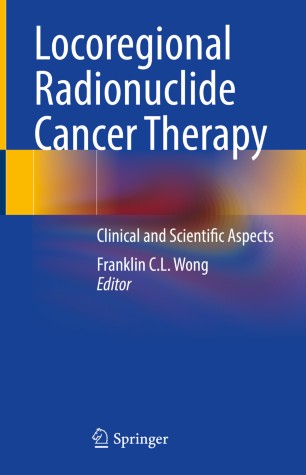

Most ebook files are in PDF format, so you can easily read them using various software such as Foxit Reader or directly on the Google Chrome browser.
Some ebook files are released by publishers in other formats such as .awz, .mobi, .epub, .fb2, etc. You may need to install specific software to read these formats on mobile/PC, such as Calibre.
Please read the tutorial at this link: https://ebookbell.com/faq
We offer FREE conversion to the popular formats you request; however, this may take some time. Therefore, right after payment, please email us, and we will try to provide the service as quickly as possible.
For some exceptional file formats or broken links (if any), please refrain from opening any disputes. Instead, email us first, and we will try to assist within a maximum of 6 hours.
EbookBell Team

4.7
26 reviewsThis book reviews locoregional radionuclide cancer therapies (LRCT). Proving an increasingly viable alternative to radiotherapy, radionuclide therapy includes a diversity of choices of well characterized biochemical and physiologic target molecules. The delivery and retention of radionuclides may be monitored by advanced imaging for exact tissue localization and for real-time dosimetry to enable personalized precision medicine. Radiopharmaceuticals in human cancer therapies are typically delivered in systemic routes but can also be designed for locoregional routes to harness pharmacokinetic advantages of higher payload and lower systemic toxicities. This book explores the latest advancements and clinical considerations of the locoregional approach.
Throughout the chapters, the clinical and scientific bases of cancer treatment and the locoregional use of radionculides are explored. Mathematical models of radiation dosimetry of locoregional radionculdies on tissues are studied using common models for multiple commercially available radionuclides. Rodent and canine tumor models of LRCT are compared for selected radionuclides and radiopharmaceuticals. The practical aspects of radiopharmaceuticals production, marketing, transport, as well as radiation protection are reviewed. Finally, the combination of LRCT with immunotherapy and other cancer therapies and prospective future use of LRCT are discussed.
This is a guide for practicing nuclear physicians, interventional radiologists, radiation oncologists, radiation scientists, veterinarians and oncologists to expand their knowledge base and to prepare for designing locoregional radionuclide cancer therapies in animals and in humans.